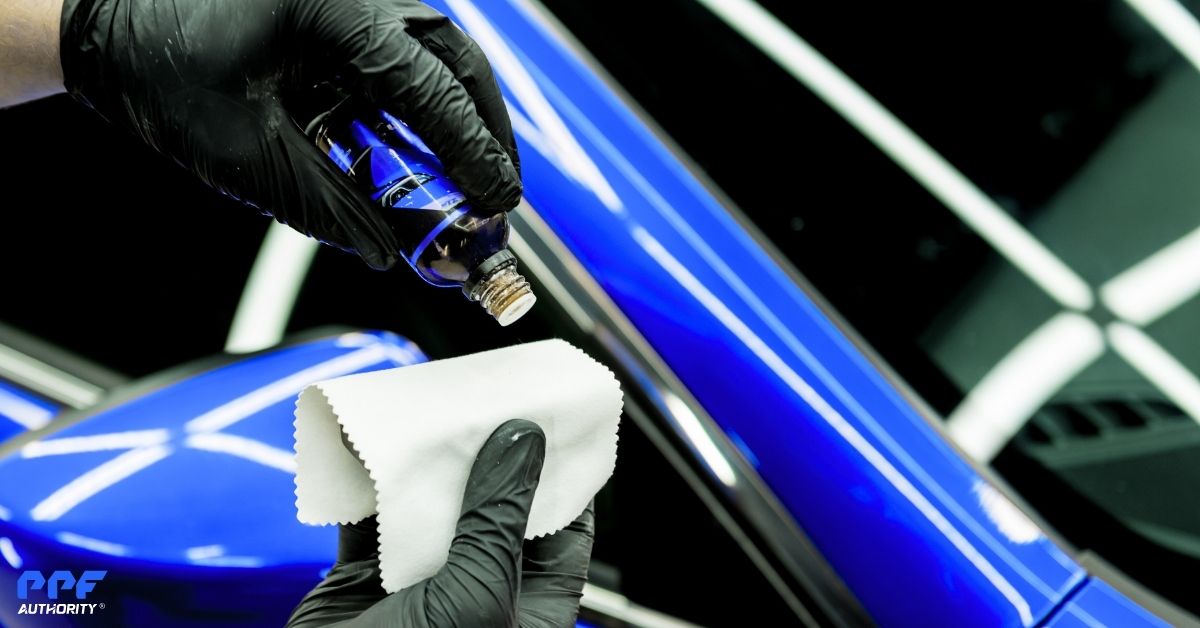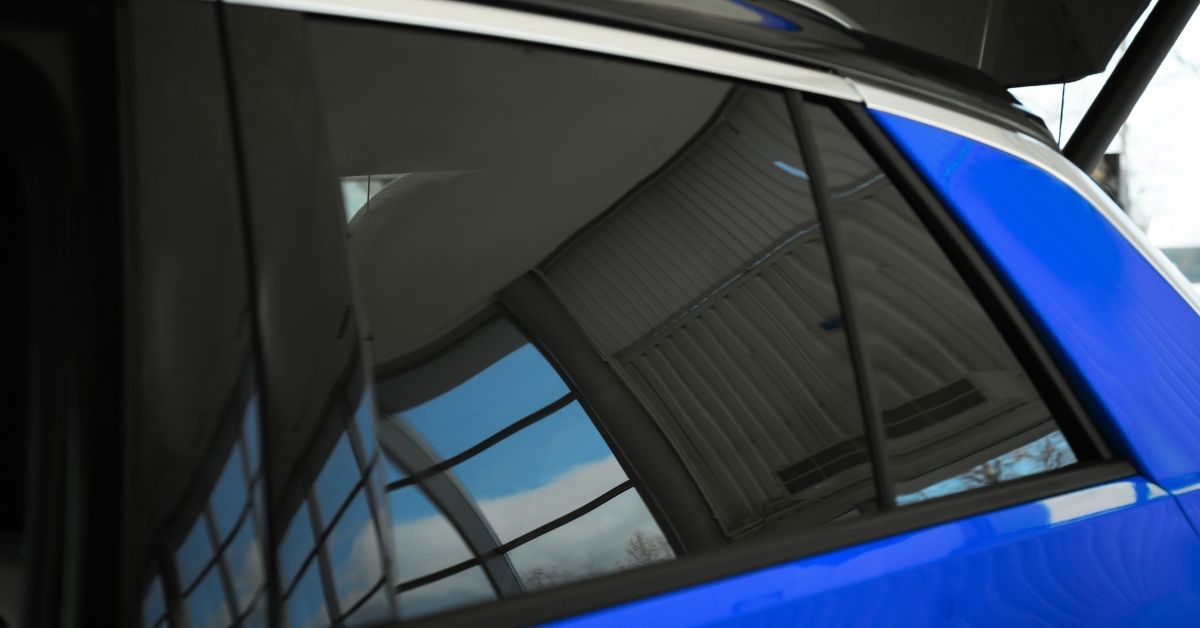Introduction
Paint Protection Film (PPF) is widely recognized as a game-changer for preserving a car’s paint and appearance. But how does PPF perform in real-life situations? Below are several case studies showcasing the differences before and after PPF installation. These examples highlight how PPF protects against rock chips, scratches, UV damage, and environmental hazards, keeping cars looking newer for longer.
Case Study 1: Protection Against Rock Chips and Debris
Before PPF Installation
A 2022 luxury sedan owner frequently drove on highways, encountering flying debris and rock chips daily. Within just six months, the car’s front bumper and hood showed numerous paint chips, some exposing bare metal, increasing the risk of rust and corrosion.
After PPF Installation
After installing high-quality PPF on the front bumper, hood, and side mirrors, the car owner noticed a significant reduction in damage. The PPF absorbed the impact, preventing paint chips. Even after one year of highway driving, the car’s paint remained pristine.
Key Takeaway: PPF acts as a durable shield against rock chips and gravel, especially in high-impact areas, preserving the factory paint and preventing costly repairs.
Case Study 2: Prevention of Scratches and Swirl Marks
Before PPF Installation
A black sports car owner noticed that improper washing techniques and everyday wear caused swirl marks and minor scratches. Despite regular detailing, the paint looked dull and worn.
After PPF Installation
The owner opted for full-body PPF coverage with self-healing technology. The PPF restored the car’s glossy finish and prevented new swirl marks. Minor scratches disappeared over time due to the self-healing properties.
Key Takeaway: Self-healing PPF eliminates the worry of swirl marks and minor scratches, especially on darker paint finishes, which are more prone to visible imperfections.
Case Study 3: UV Damage and Paint Fading
Before PPF Installation
A family SUV parked outdoors daily suffered from UV exposure and paint fading. The once-bright red paint lost vibrancy after only two years. Additionally, the headlights showed signs of yellowing due to prolonged sun exposure.
After PPF Installation
Following a professional installation of UV-resistant PPF, the SUV’s paint remained vibrant and fresh despite being parked outdoors. The PPF also protected the headlights, preventing further yellowing.
Key Takeaway: PPF blocks harmful UV rays, preventing paint fading and extending the lifespan of headlights and other plastic components.
Case Study 4: Protecting Against Environmental Hazards
Before PPF Installation
A pickup truck owner who worked in construction often parked near trees and construction sites. The truck’s paint was affected by tree sap, bird droppings, and concrete splatter. The acidic substances etched into the clear coat, leaving permanent stains.
After PPF Installation
The truck owner applied PPF to the hood, fenders, and doors. The film acted as a barrier, preventing contaminants from bonding to the paint. Cleaning became easier, and the paint remained stain-free.
Key Takeaway: PPF prevents staining and etching caused by environmental contaminants, reducing maintenance efforts and preserving the car’s appearance.
Case Study 5: Enhanced Resale Value
Before PPF Installation
A used car owner struggled to achieve a high resale price due to visible scratches, rock chips, and faded paint. These imperfections reduced the car’s market value and appeal.
After PPF Installation
Another car owner with the same model and year installed PPF immediately after purchase. When selling their car after five years, the paint remained flawless, allowing them to command a higher resale price.
Key Takeaway: PPF preserves a car’s original paint and significantly enhances resale value, making the vehicle more appealing to potential buyers.
Case Study 6: Long-Term Durability in Extreme Conditions
Before PPF Installation
A sports car owner living in a region with extreme weather experienced fading paint, road salt damage, and rock chips during harsh winters.
After PPF Installation
Installing full-body PPF ensured the car was well-protected year-round. The film resisted road salt, rock chips, and sun fading. After three years, the car retained its showroom shine.
Key Takeaway: PPF provides unmatched durability and protection in harsh climates, shielding your car from seasonal wear and tear.
Why PPF Makes a Difference
The case studies above clearly demonstrate the transformative benefits of PPF. Here’s a quick summary of why PPF is worth the investment:
Before PPF
- Vulnerability to rock chips, scratches, and UV damage.
- Increased risk of paint damage and costly repairs.
- Paint fading, staining, and etching over time.
- Reduced resale value due to visible wear and tear.
After PPF
- Superior protection against road debris and environmental contaminants.
- Self-healing properties eliminate minor scratches and swirl marks.
- UV resistance preserves paint vibrancy and prevents fading.
- Enhanced resale value thanks to a flawless, well-maintained appearance.
Choosing the Right PPF Solution
For the best results, ensure you:
- Invest in High-Quality Film: Premium brands like XPEL, 3M, and SunTek offer advanced features like self-healing and hydrophobic properties.
- Hire a Professional Installer: Certified professionals ensure proper application and long-term durability.
- Maintain the Film: Follow recommended cleaning practices to keep the PPF in excellent condition.
Conclusion
The difference between before and after installing Paint Protection Film (PPF) is undeniable. From preventing rock chips and scratches to blocking UV rays and environmental contaminants, PPF is an invaluable investment in your car’s longevity and appearance.
By maintaining a pristine paint finish, PPF not only saves money on repairs but also enhances resale value. Whether you’re a car enthusiast or simply want to preserve your vehicle’s beauty, PPF is the ultimate solution for long-lasting protection.


